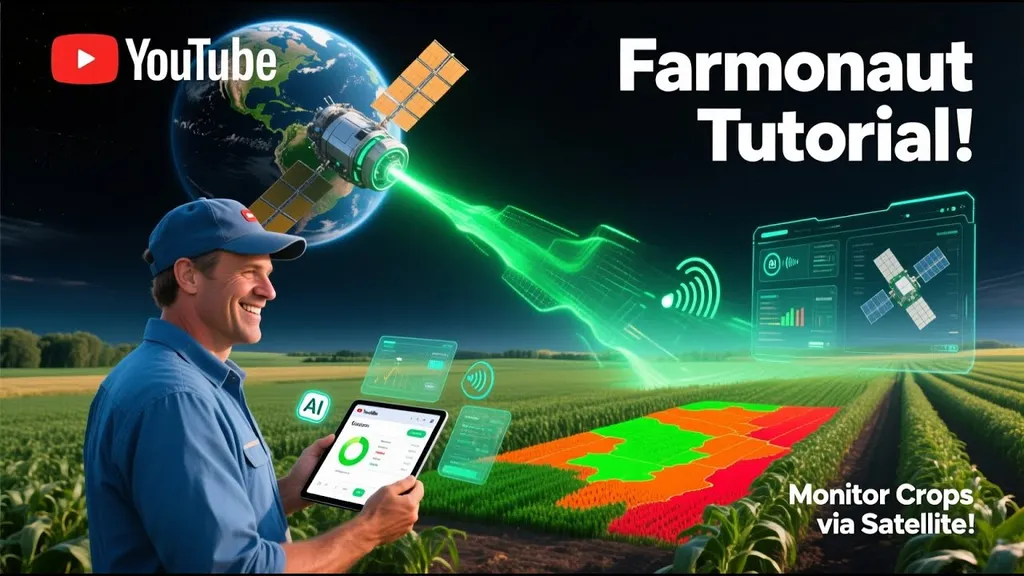The agriculture sector is undergoing a profound transformation, with agritech solutions poised to boost global crop yields by up to 30% by 2026. This surge in productivity is driven by a confluence of factors, including climate change, population growth, and resource depletion, which have necessitated a shift towards data-driven, sustainable farming practices.
At the heart of this revolution are agritech companies, which are leveraging breakthrough digital and engineering solutions to optimize every aspect of farming. From sensor-driven precision agriculture to AI-powered advisory systems, these innovations are democratizing access to advanced farming techniques, enabling both smallholder farmers and large enterprises to increase productivity while minimizing environmental harm.
One such company, TriTech Sprayers, is exemplifying the power of AI and advanced sensors in modern agriculture. Their intelligent equipment uses onboard sensor data to apply crop protection chemicals and nutrients with pinpoint accuracy, reducing chemical usage by up to 50% and minimizing waste. This not only improves soil health and reduces contamination but also lowers production costs.
Meanwhile, institutions like Cornell Agritech are leading the charge in agricultural science innovation. Their interdisciplinary approach integrates plant science, engineering, and analytics to develop new precision agriculture tools. Real-time soil sensing, weather adaptation, and advanced crop breeding are just a few of the areas where Cornell Agritech is setting the bar for both public and private sector initiatives.
Precision agriculture, enabled by the proliferation of IoT sensors, drones, and satellite imagery, is at the core of the agritech revolution. Farmers can now monitor their land in exquisite detail, detecting changes in crop health, soil moisture variations, and pest outbreaks in real time. Automated irrigation systems, triggered by live data and weather forecasts, deliver water exactly where and when it’s needed, curbing waste and conserving vital resources.
The role of data analytics, AI, and the Internet of Things (IoT) cannot be overstated. These technologies create a network of intelligent devices that collect and transmit data 24/7, driving smarter, faster decisions. Predictive AI identifies disease risks, pest infestations, and yield forecasts, enabling proactive management. Resource optimization ensures every drop of water and gram of fertilizer is used for maximum effect, reducing waste and cost.
Sustainability is not just a buzzword but a strategic imperative for agriculture in 2026. Agritech companies are weaving sustainability and resilience into the fabric of new practices and technologies, responding to climate change and environmental constraints with an ethic of stewardship. Automated irrigation adapts to rapid weather fluctuations, while next-generation seed genetics deliver crops bred for drought resistance and pest tolerance.
Environmental monitoring and carbon footprinting are also key to global sustainability agendas. Platforms like Farmonaut’s Carbon Footprinting allow users to monitor, manage, and certify the environmental impact of individual farms or large plantations, helping businesses align with ESG goals and regulatory frameworks.
Climate resilience is another critical area where agritech is making a significant impact. Farmers face a new normal of unpredictable weather, erratic rainfall, and new disease pressures. Agritech innovations empower quick adaptation, with historical and real-time weather data guiding planting, irrigation, and harvest decisions. Automated machinery and sensor feedback loops reduce reaction time and minimize risk during emergencies.
In conclusion, the agritech revolution is not just about increasing crop yields; it’s about building a sustainable, resilient, and climate-smart future for agriculture. As these technologies continue to evolve and become more accessible, they will play an increasingly vital role in ensuring food security, environmental stewardship, and the well-being of farming communities worldwide.

